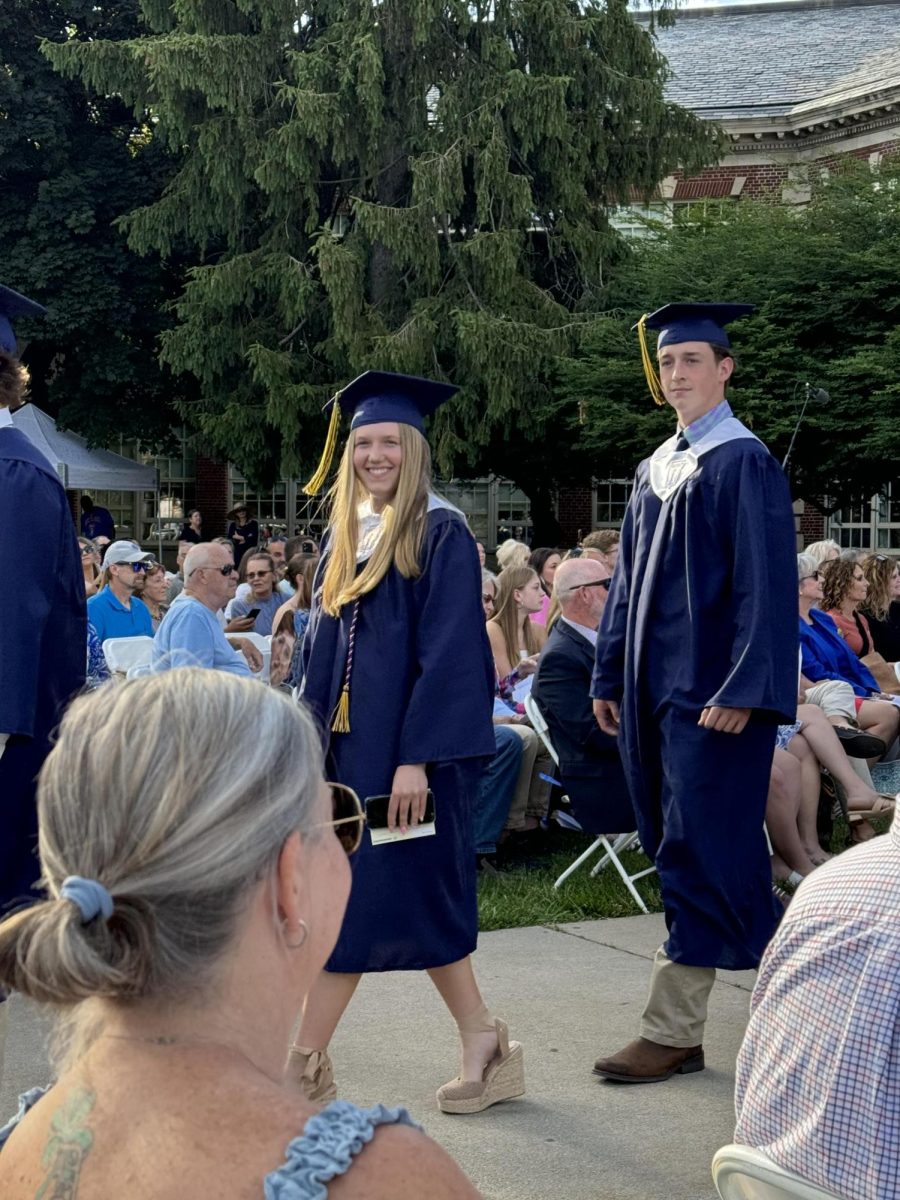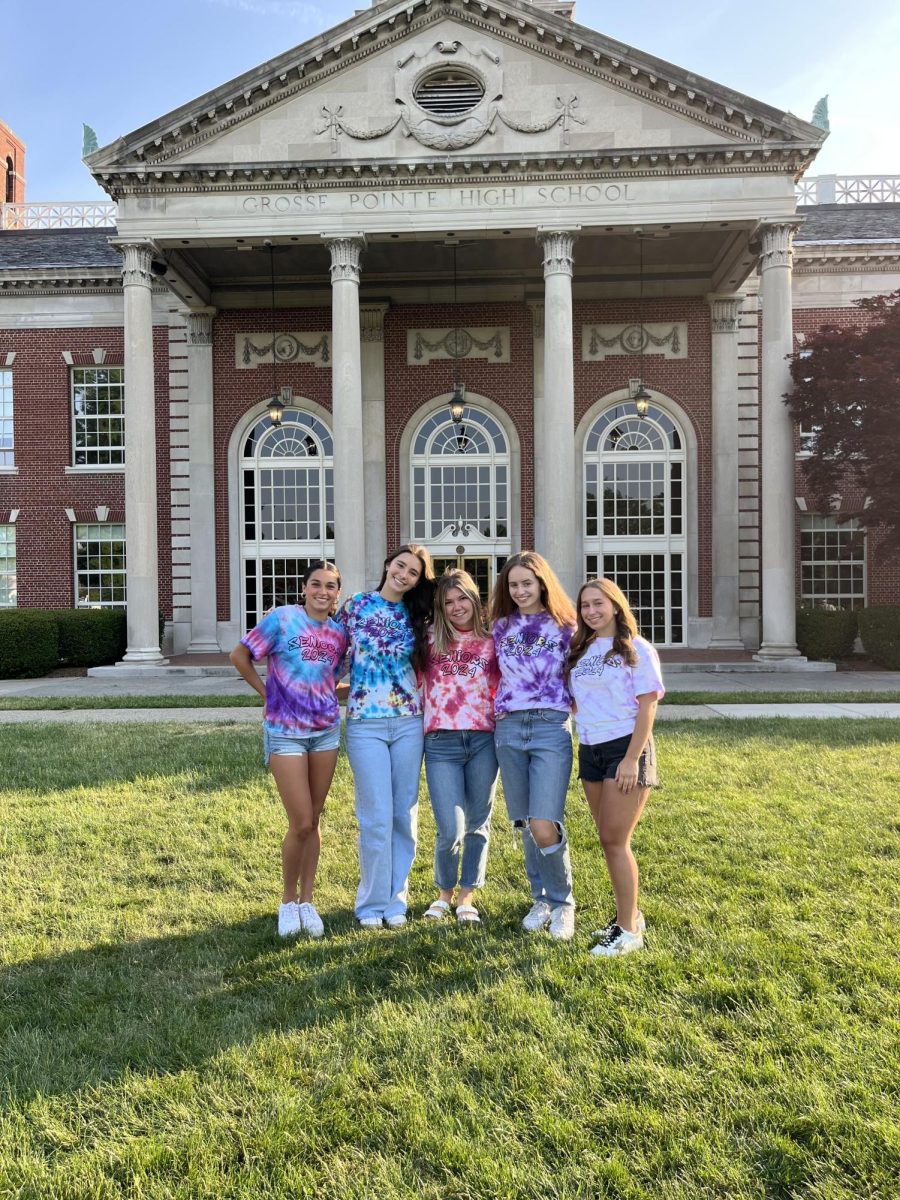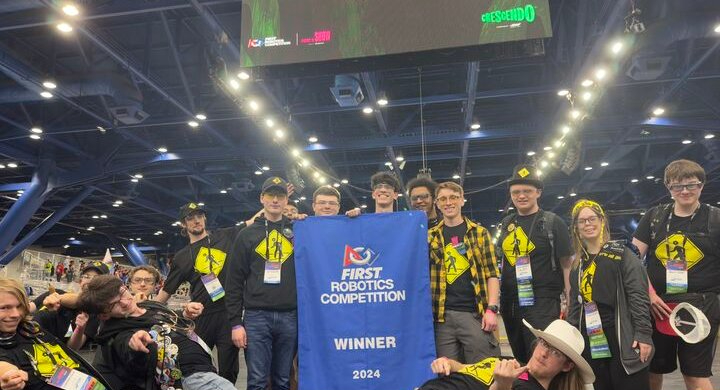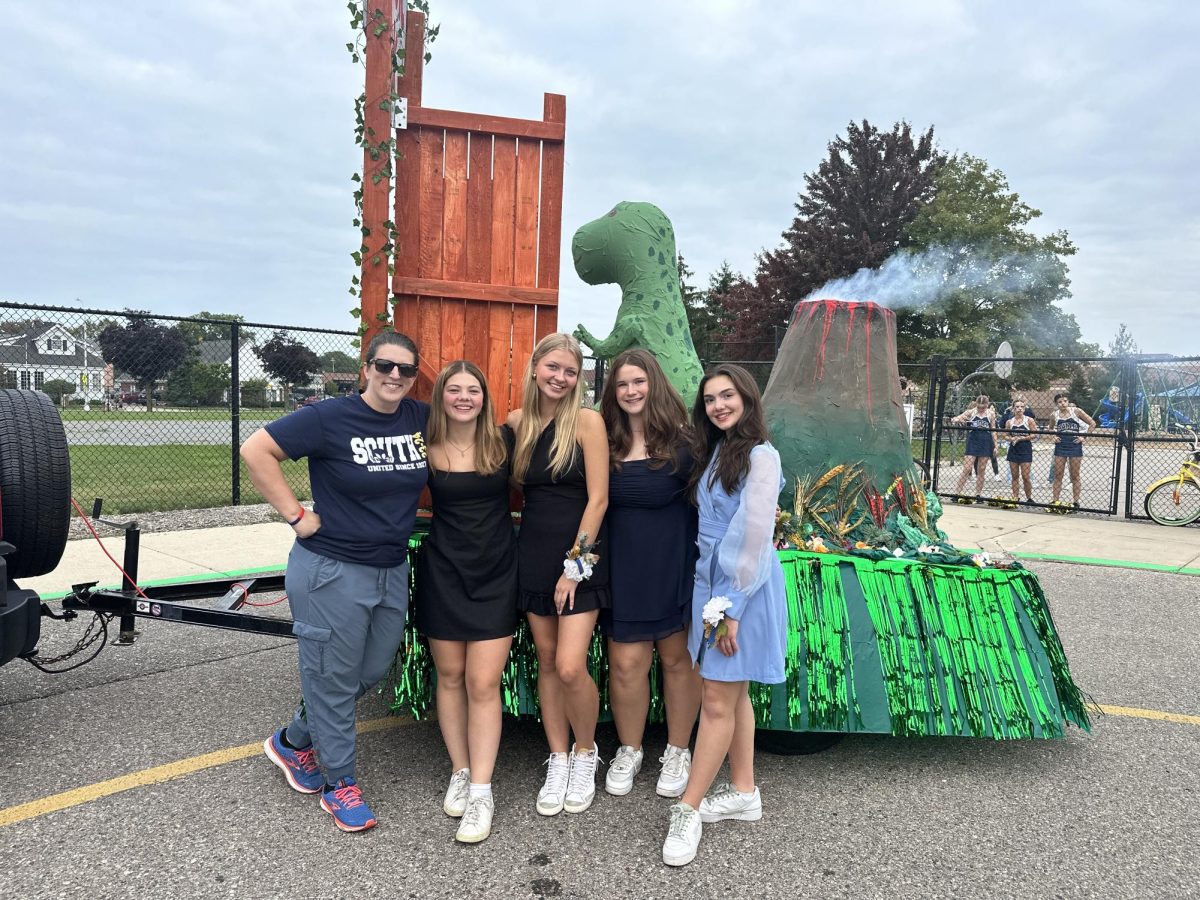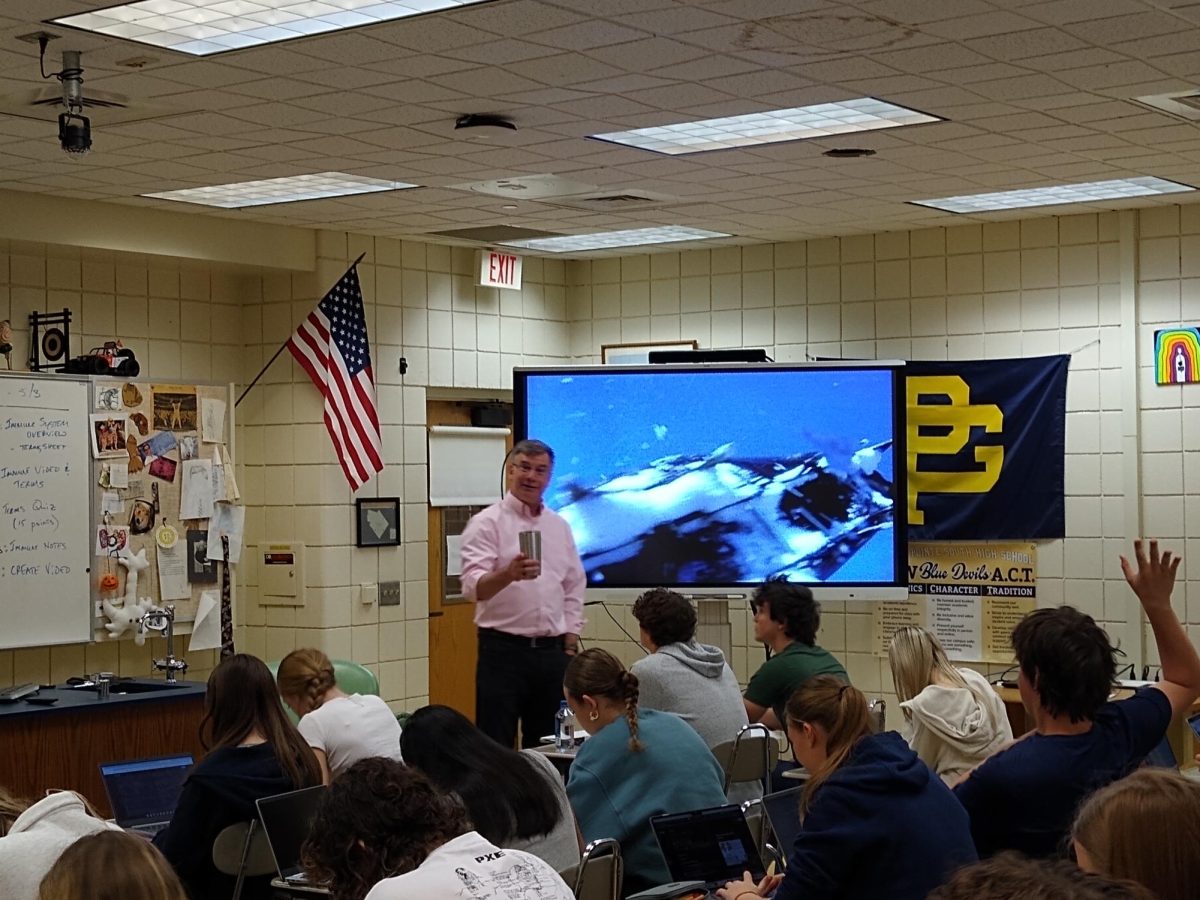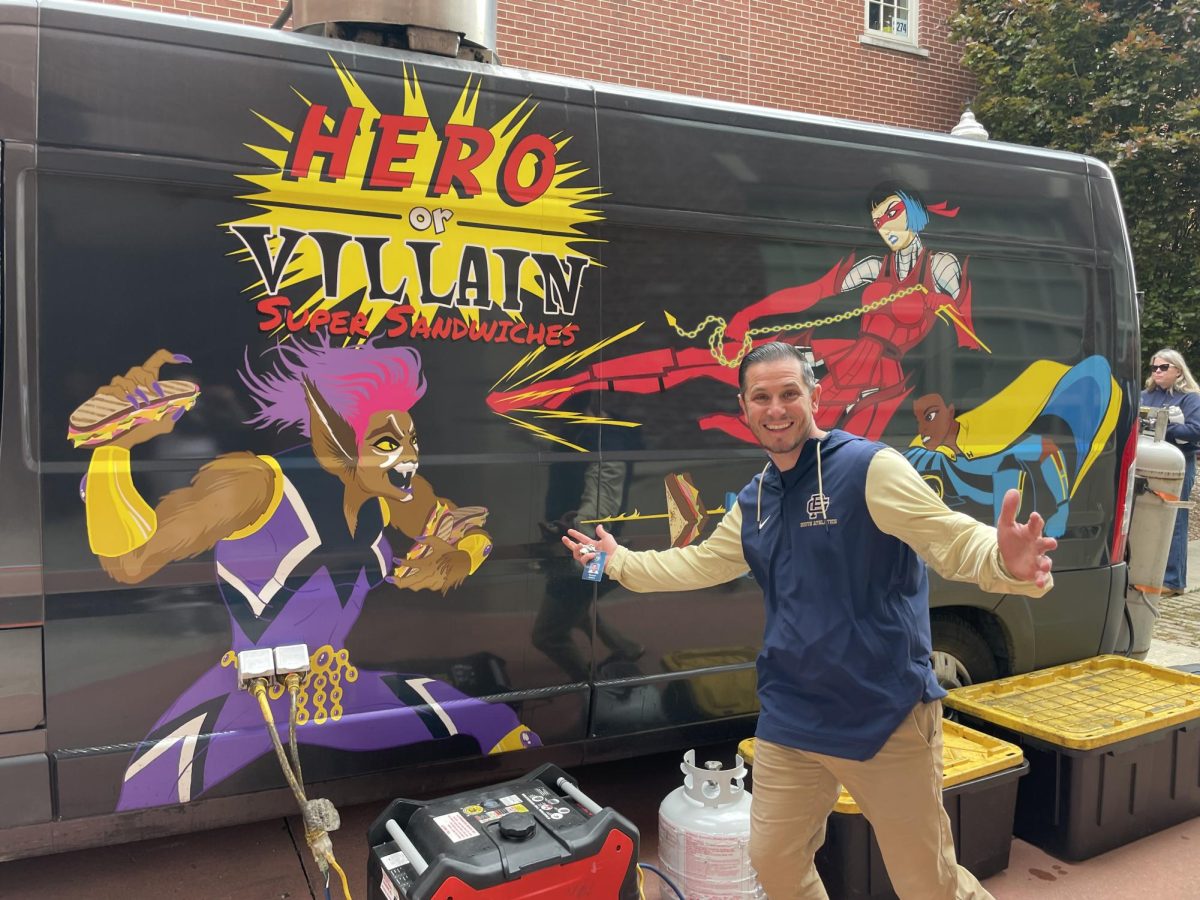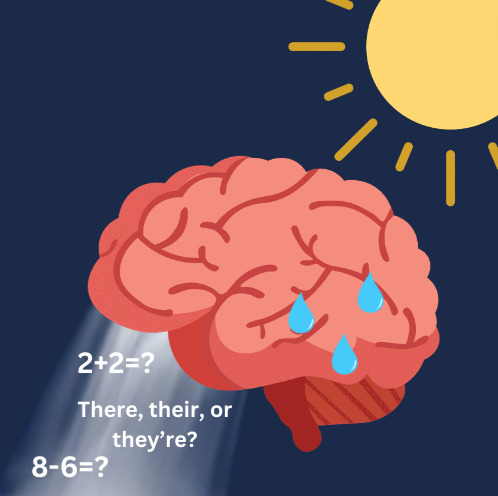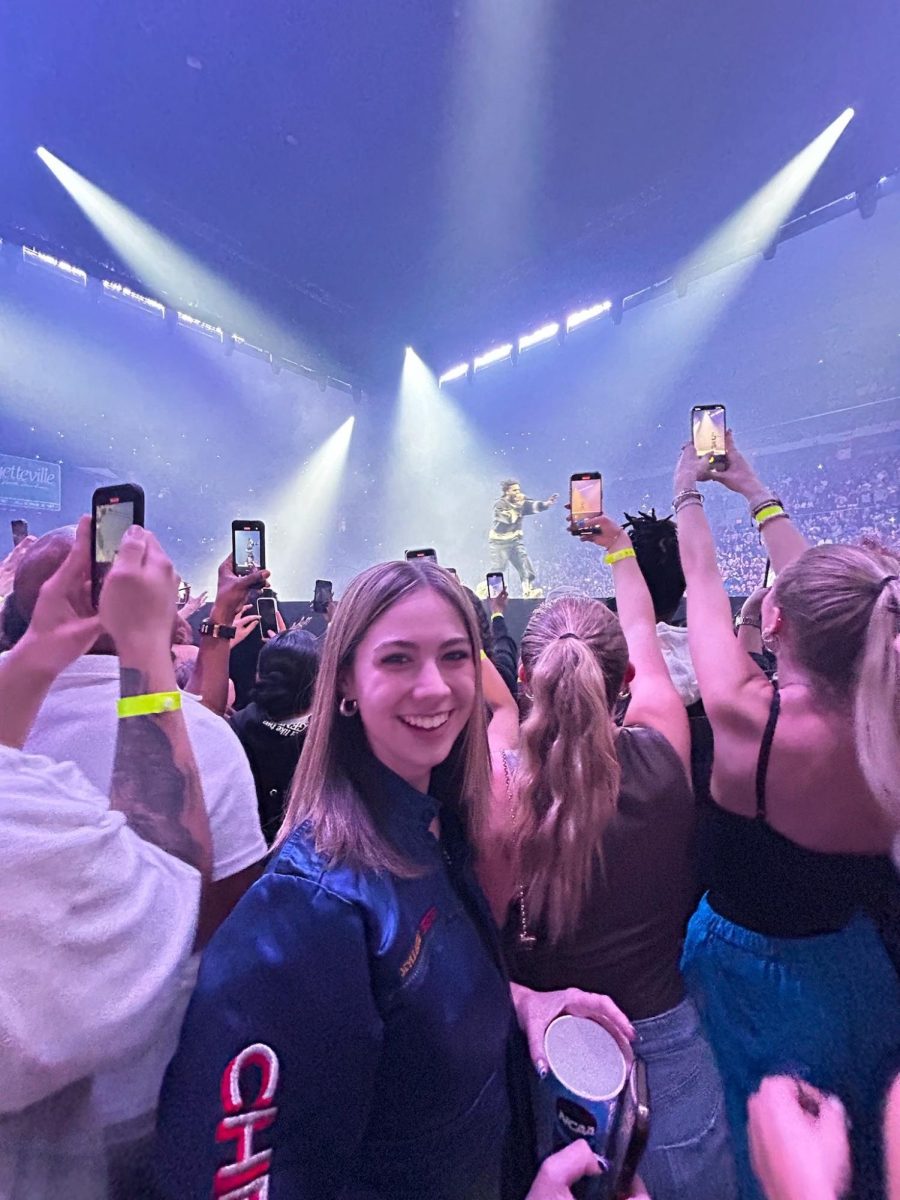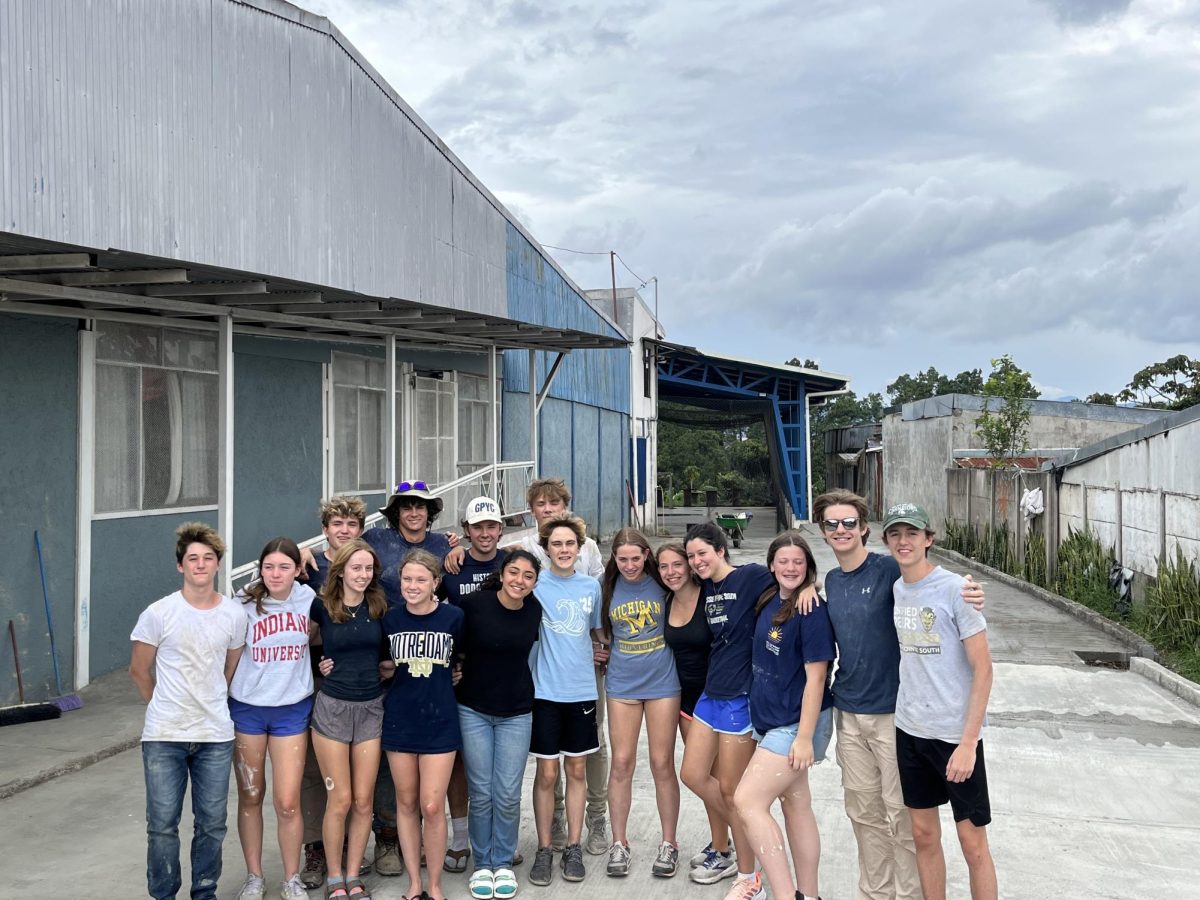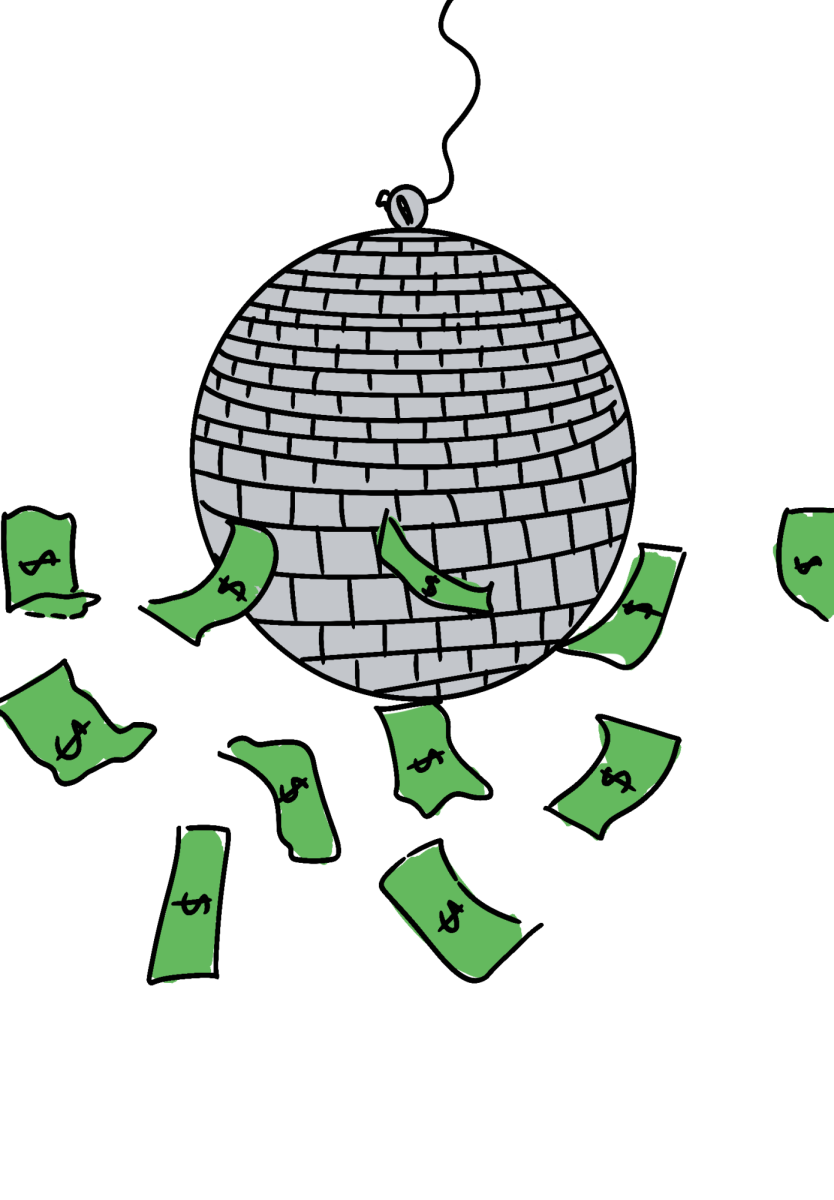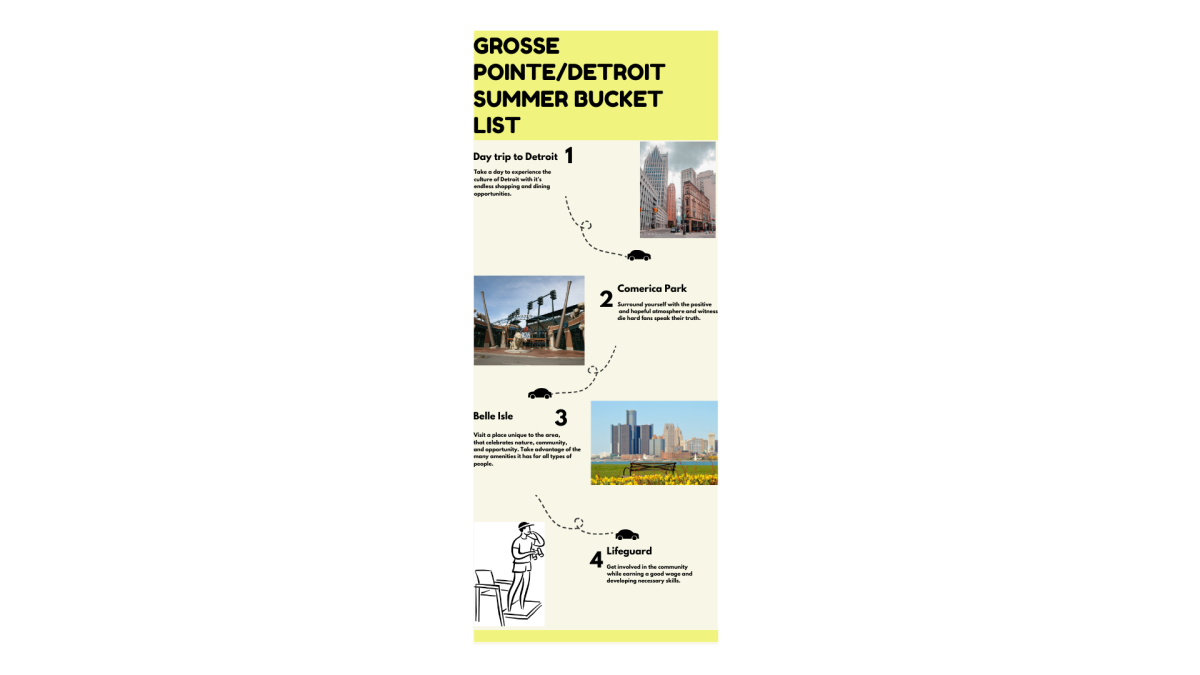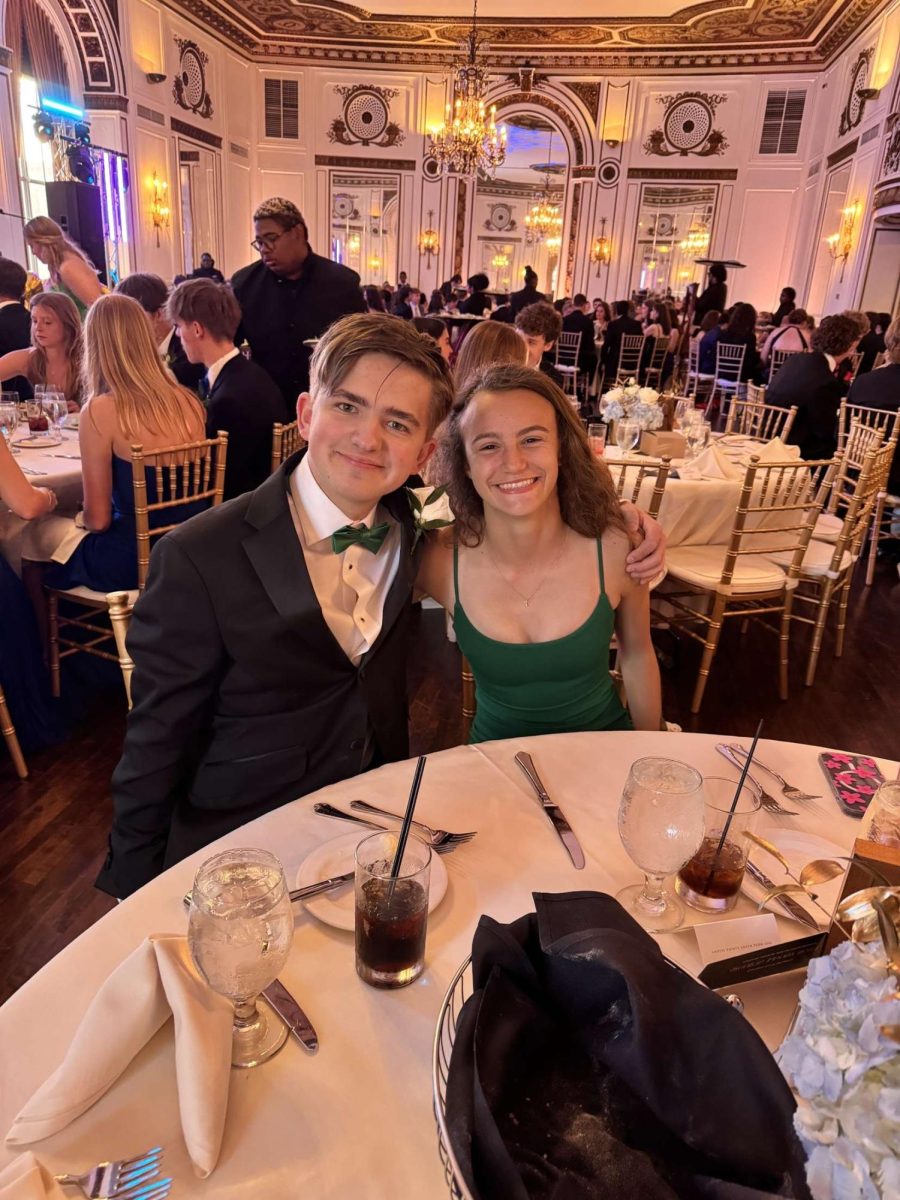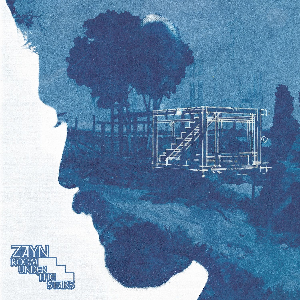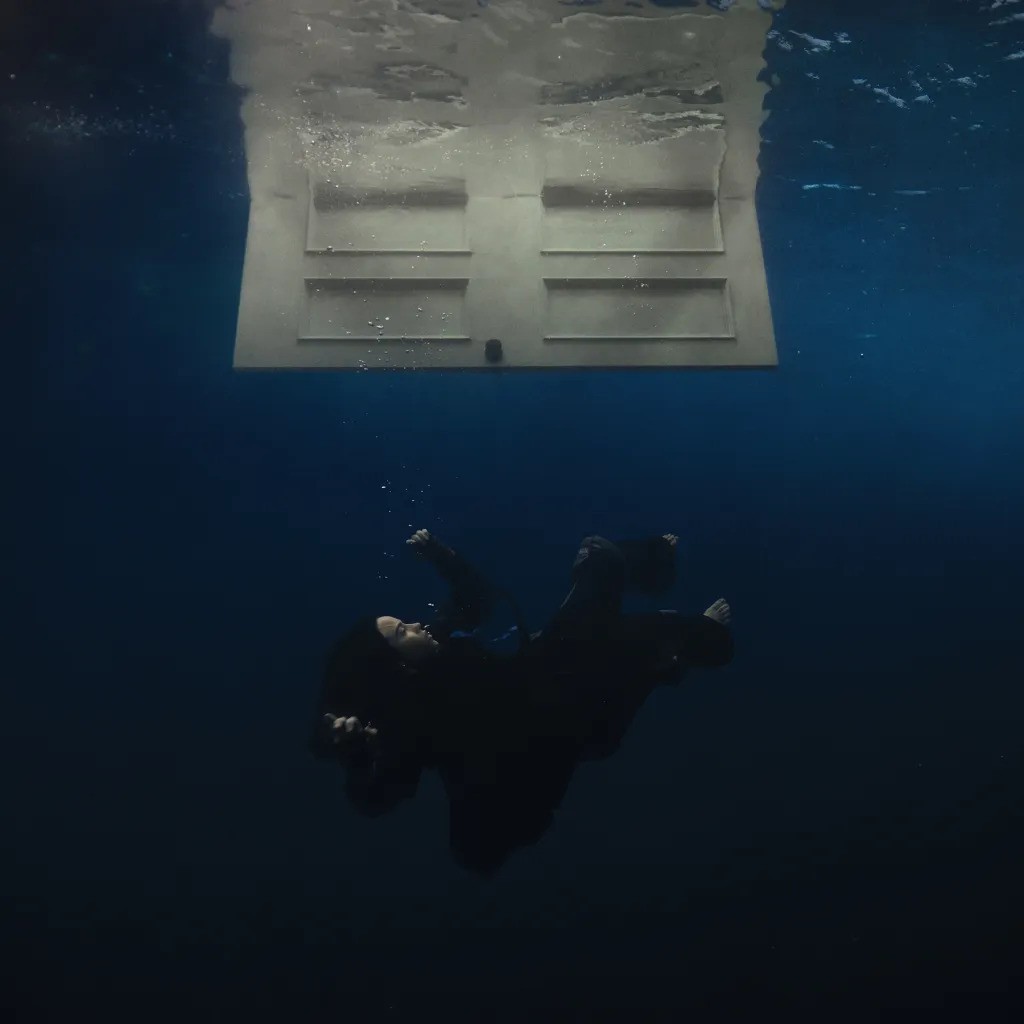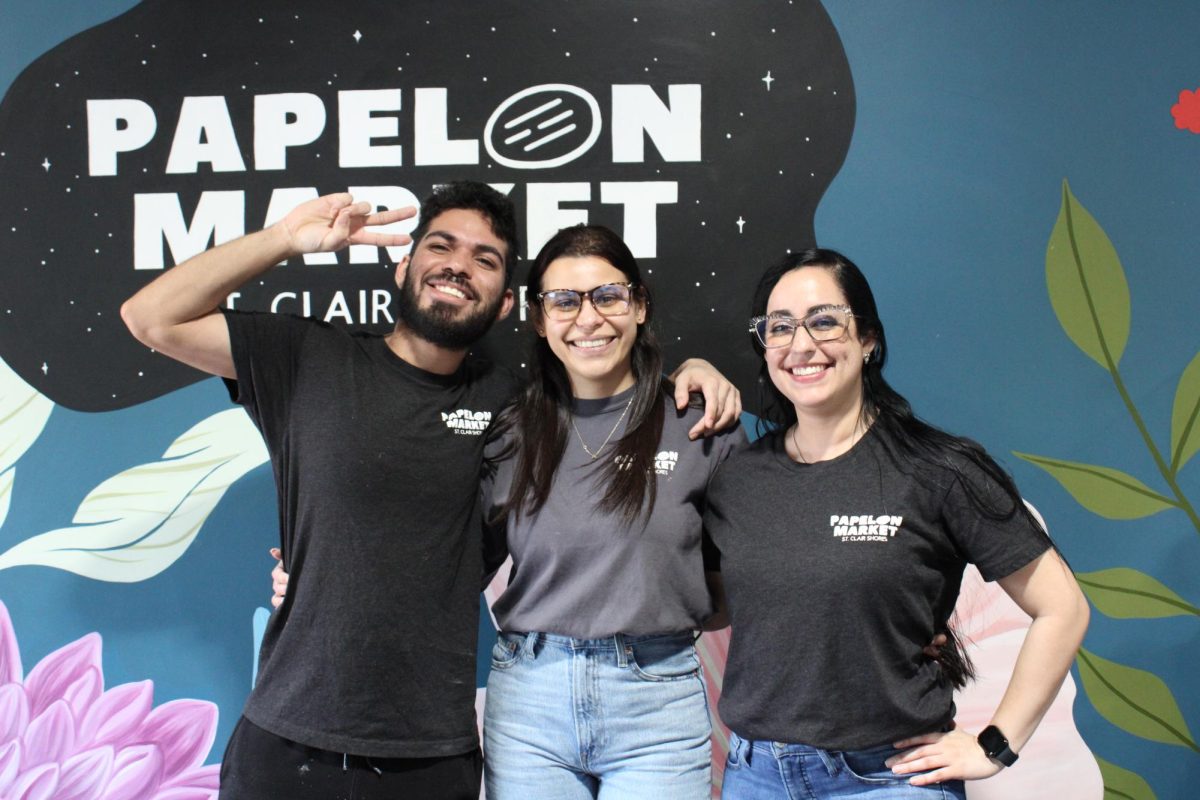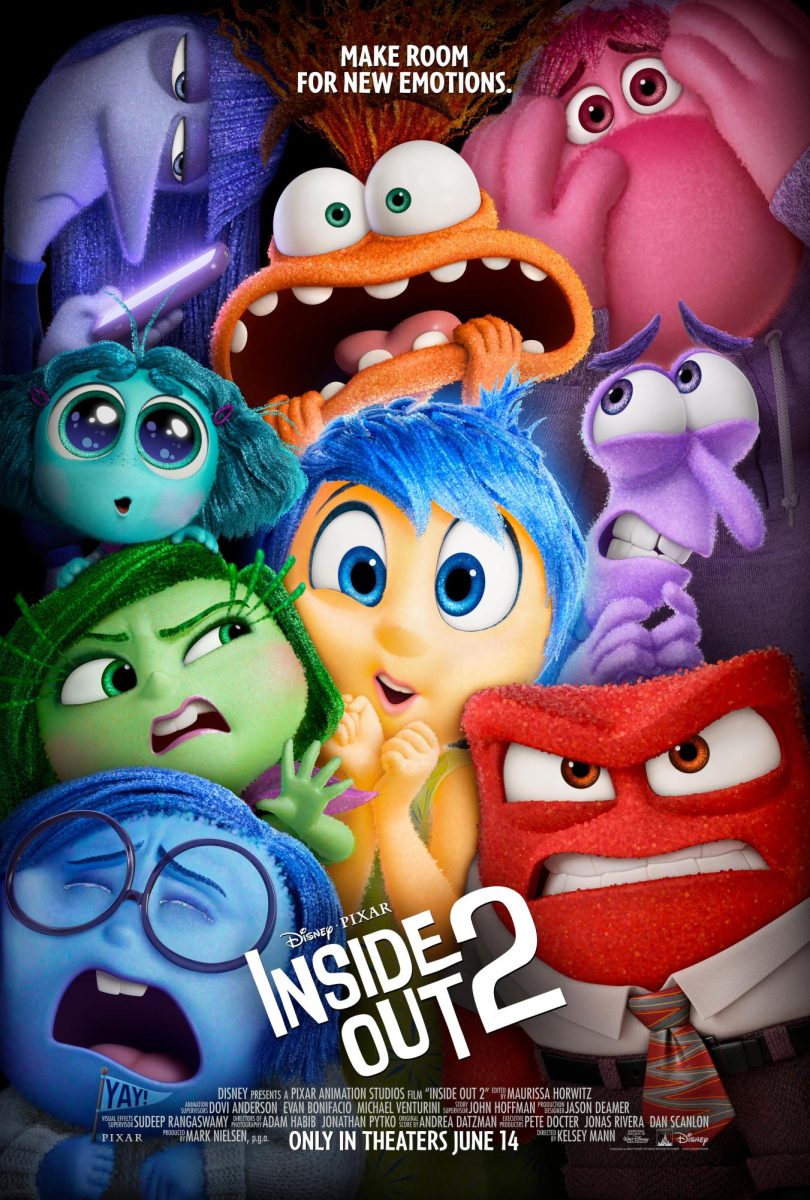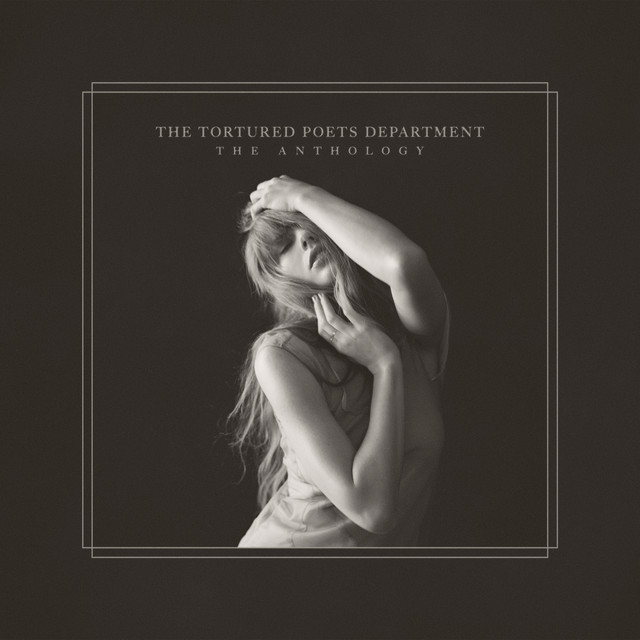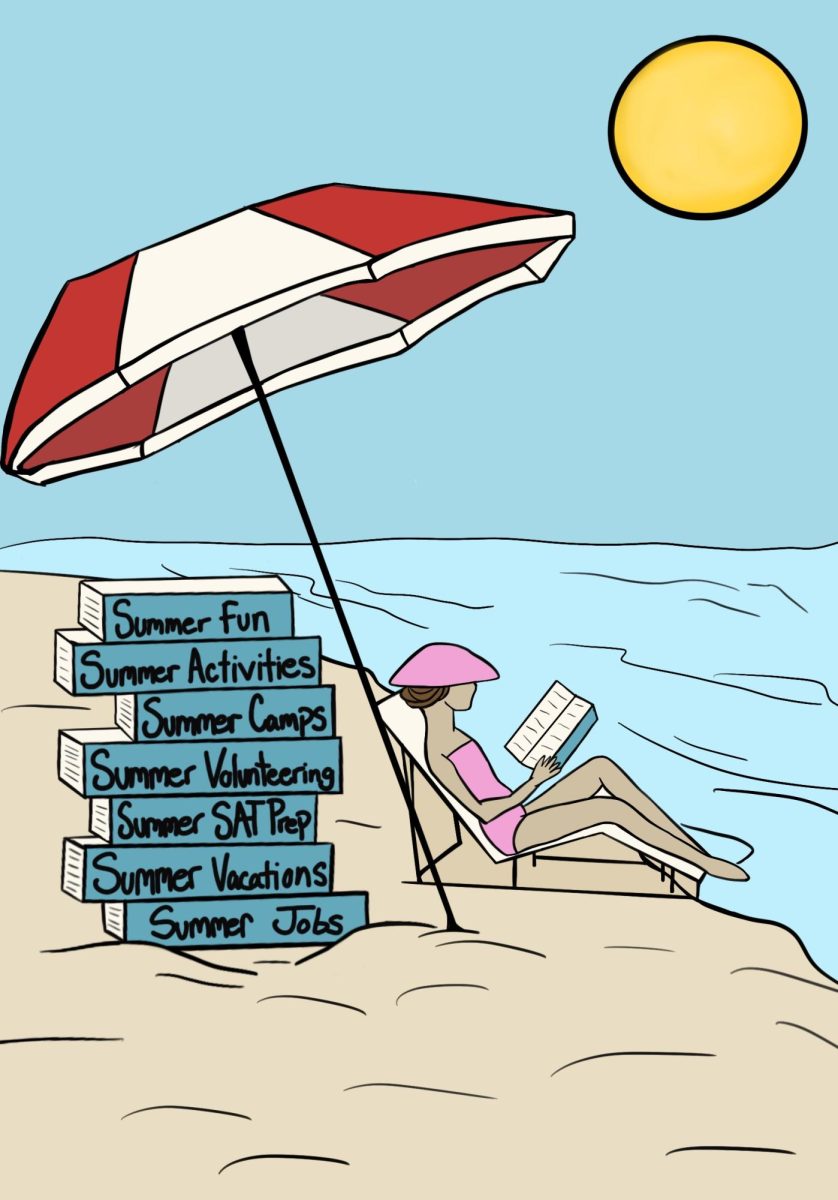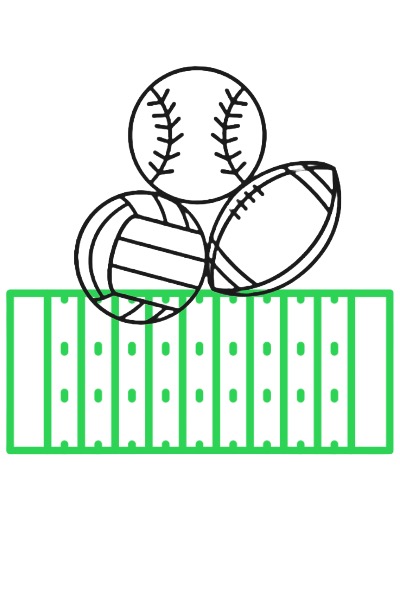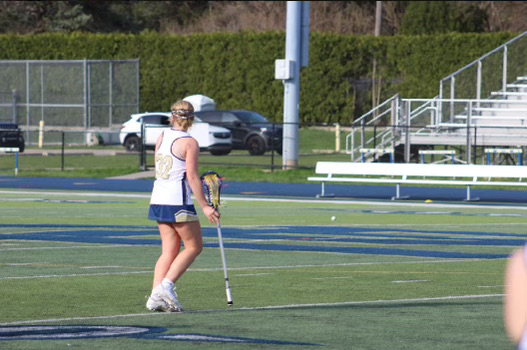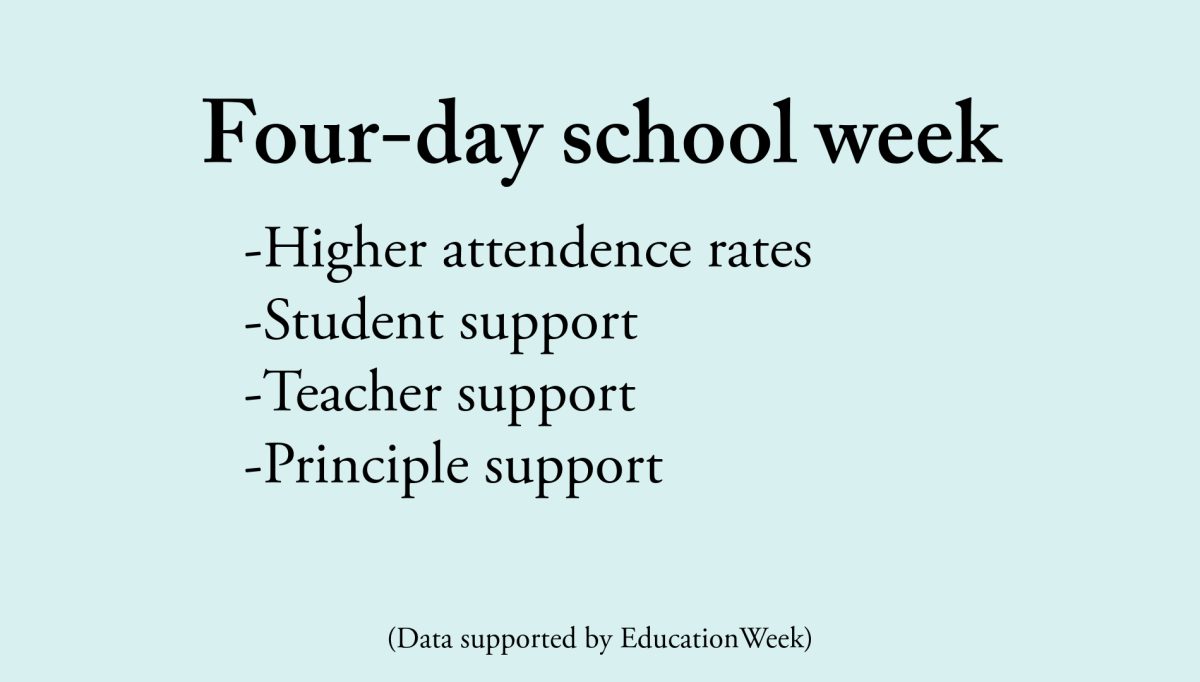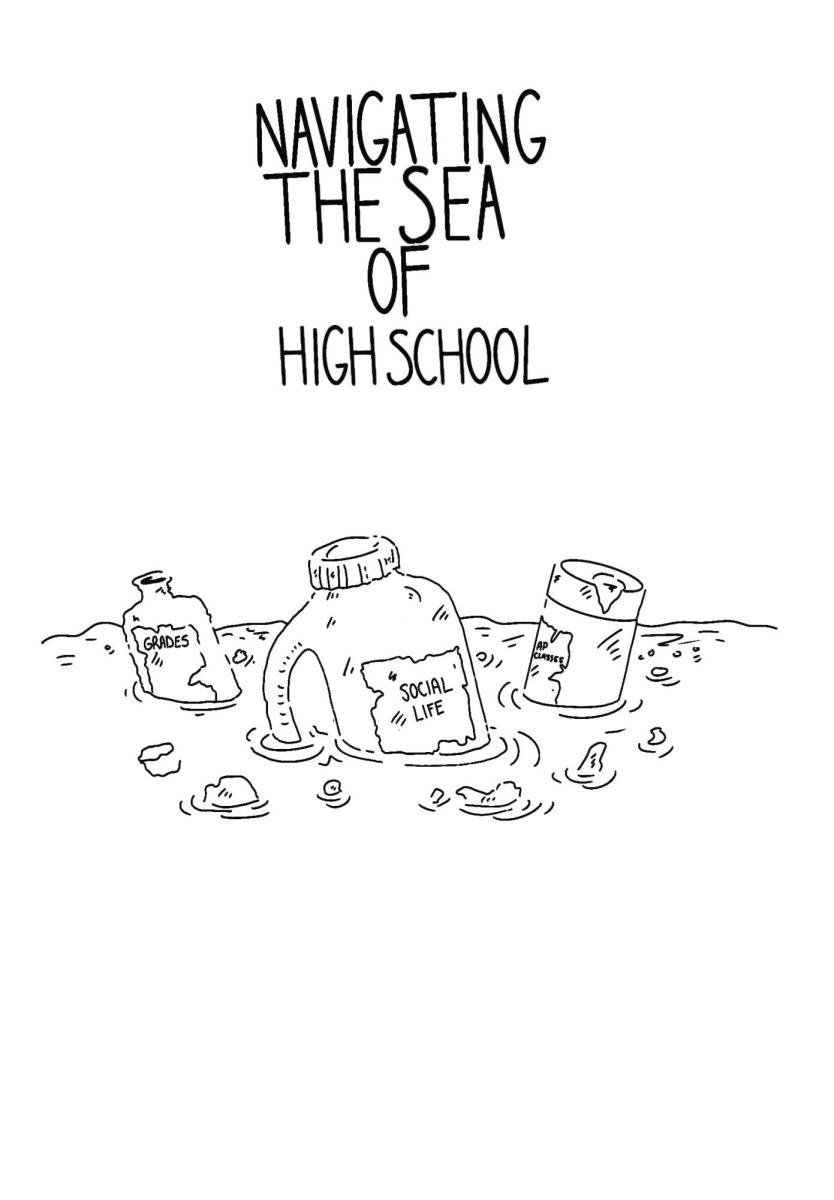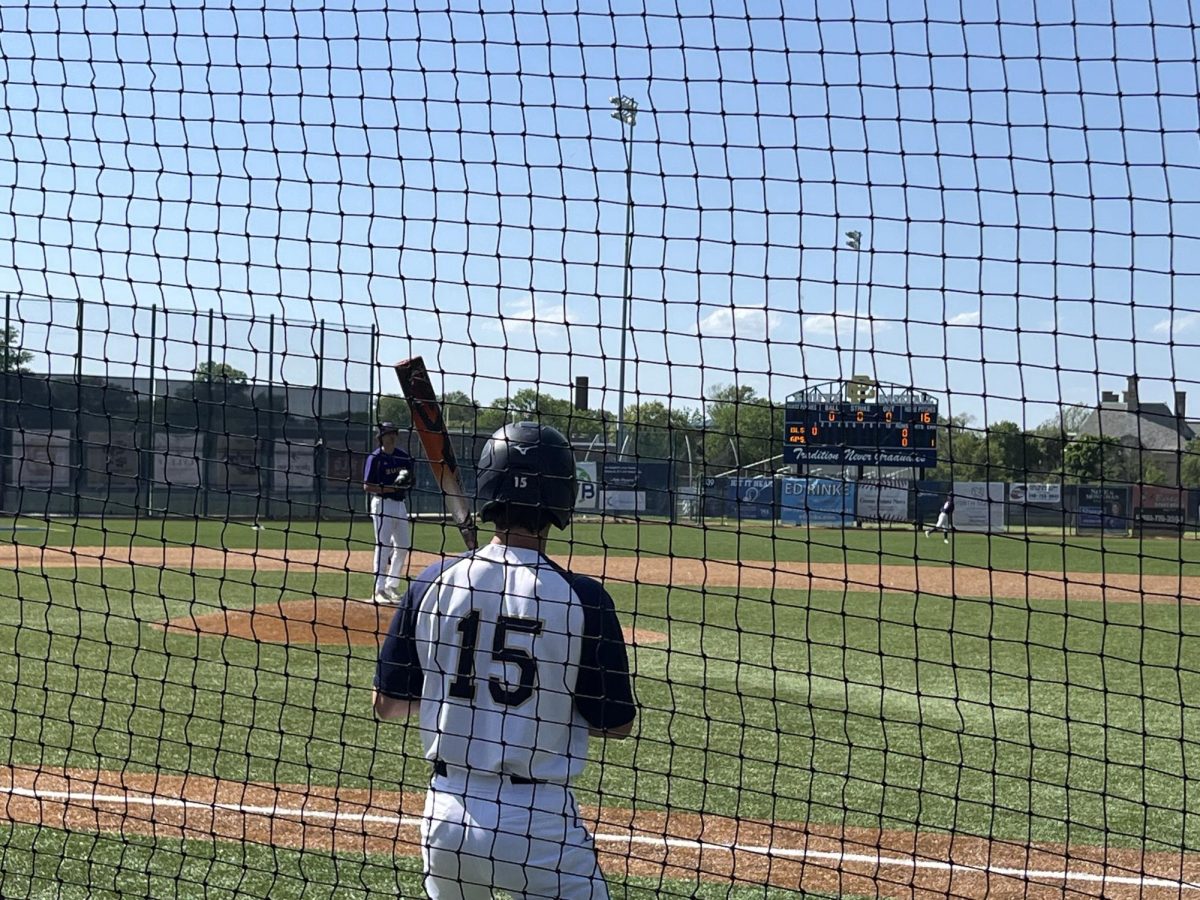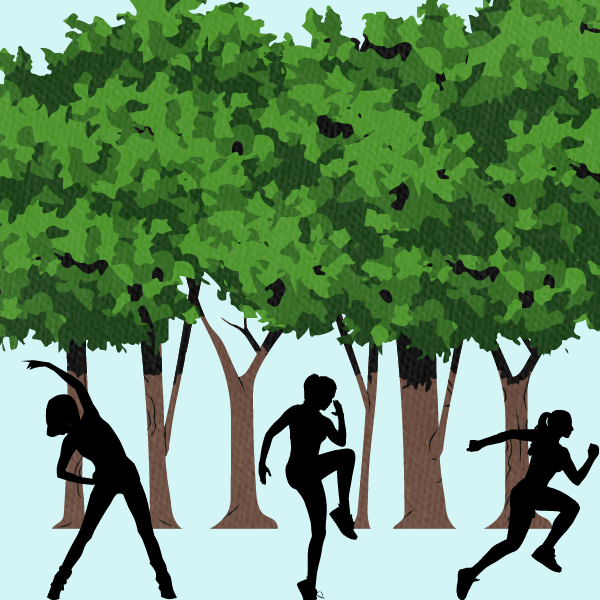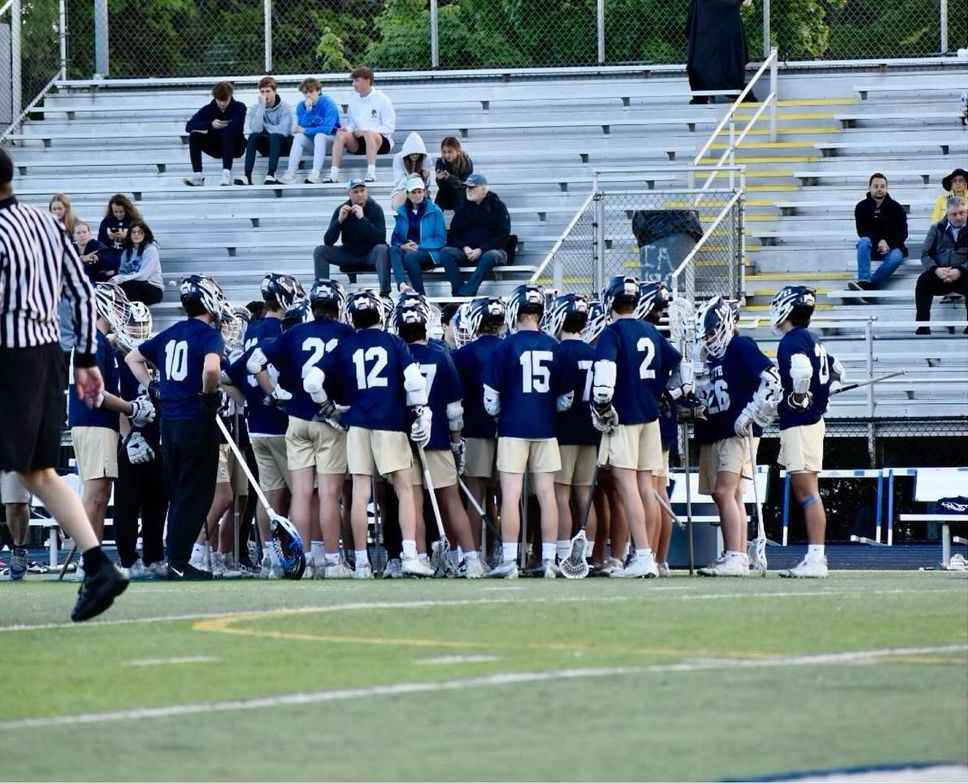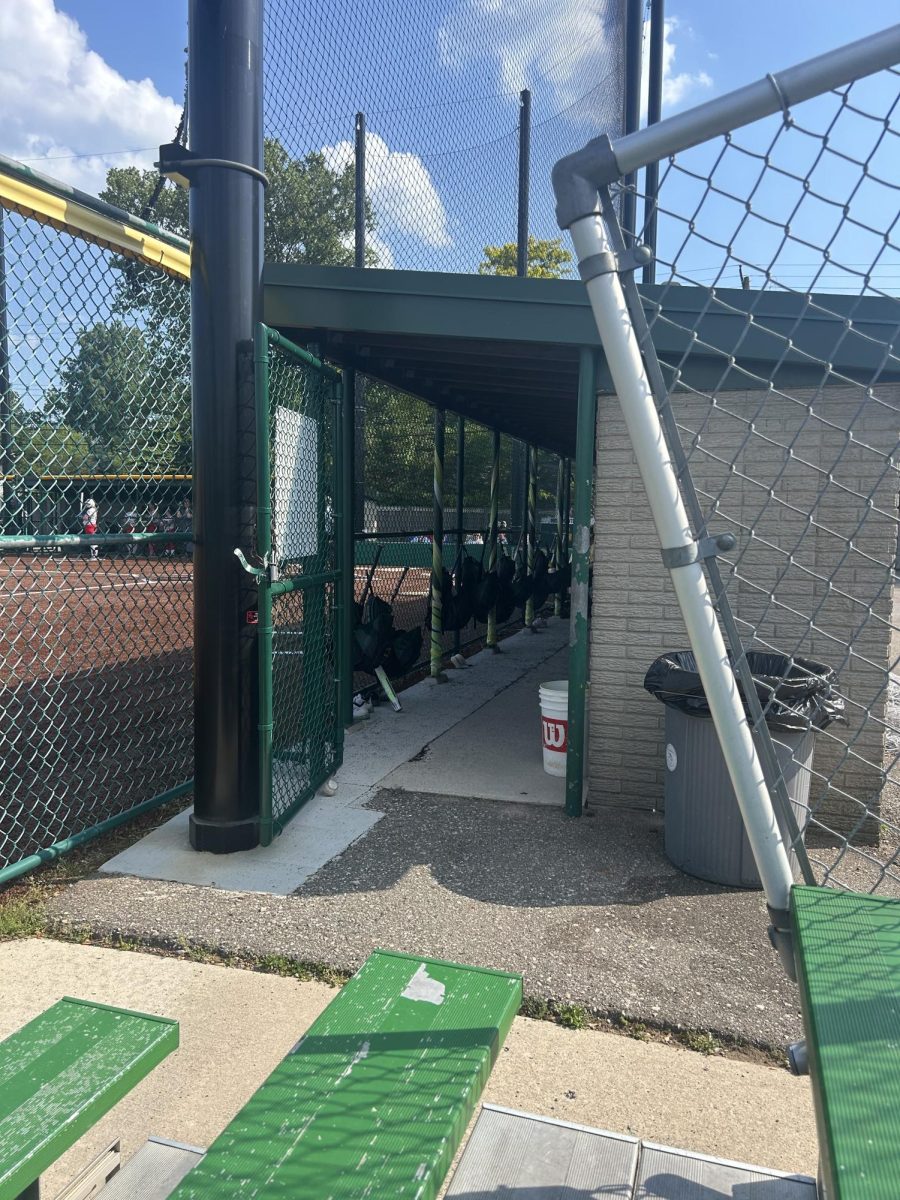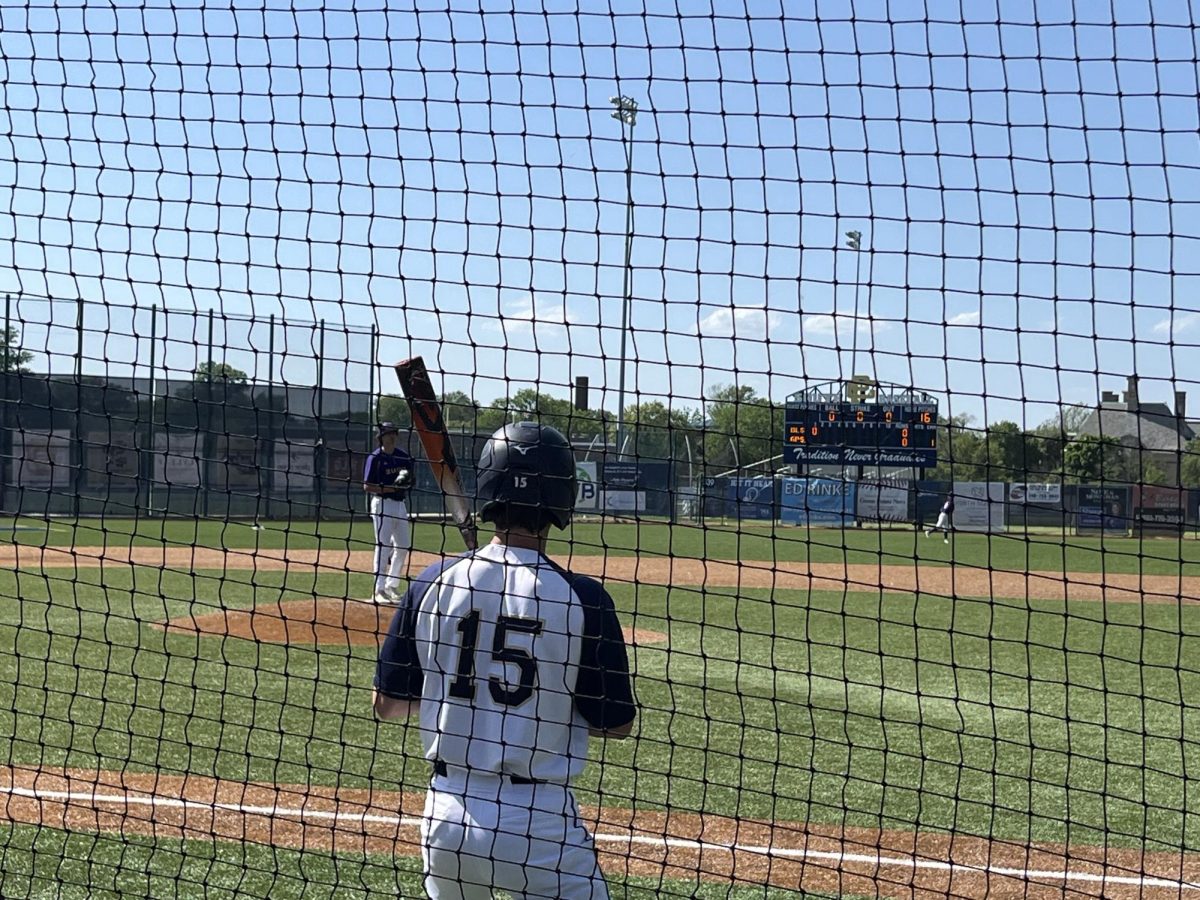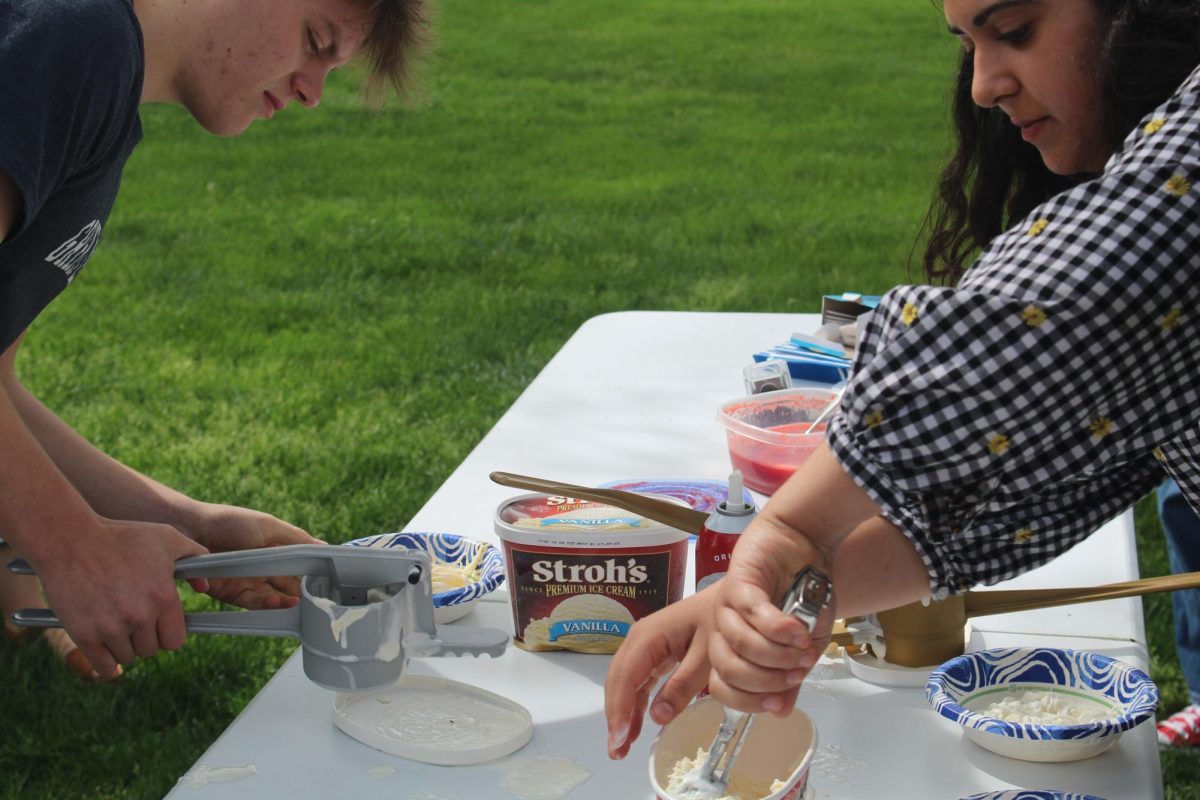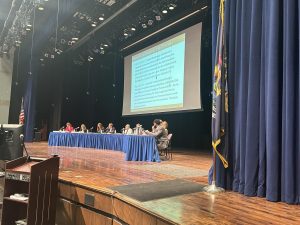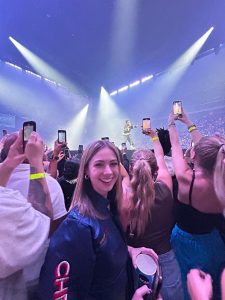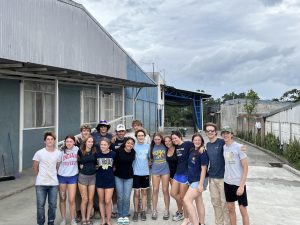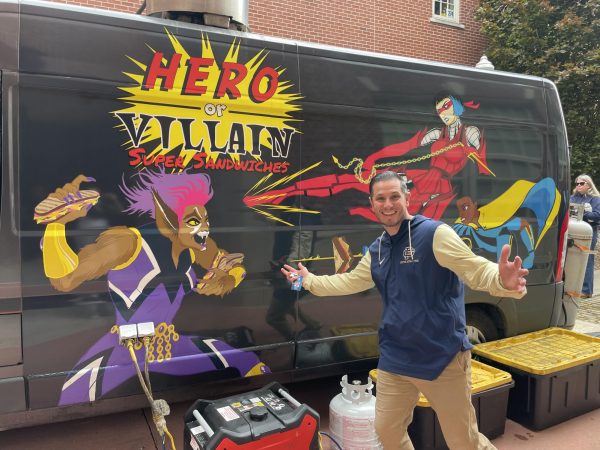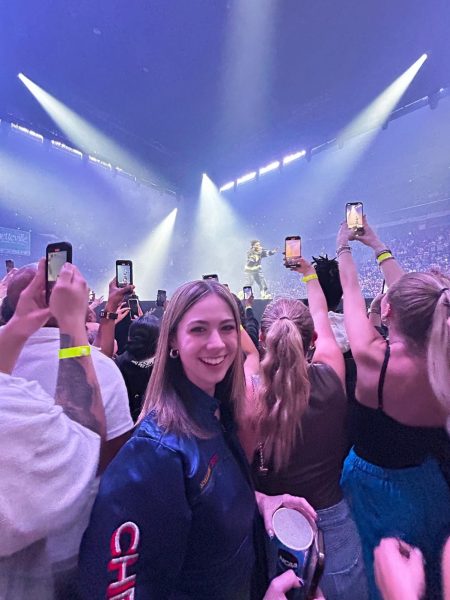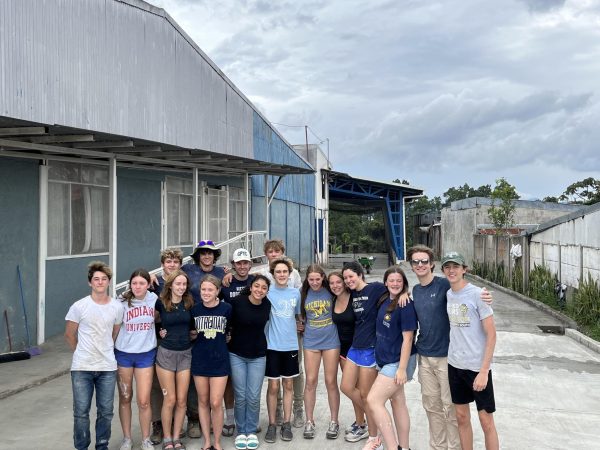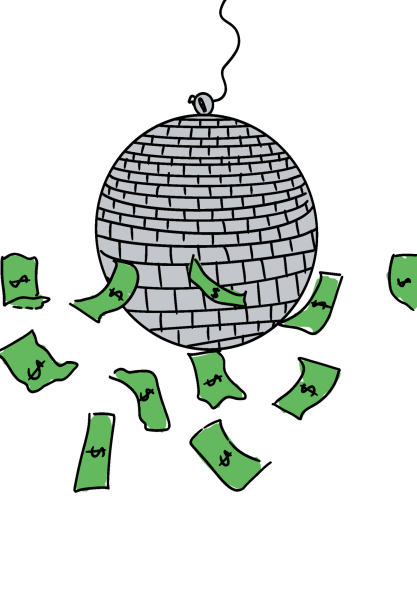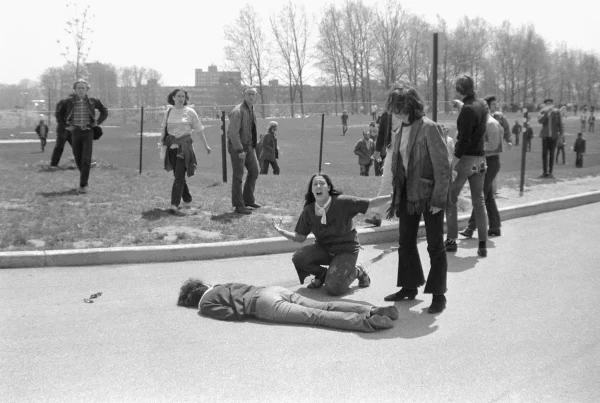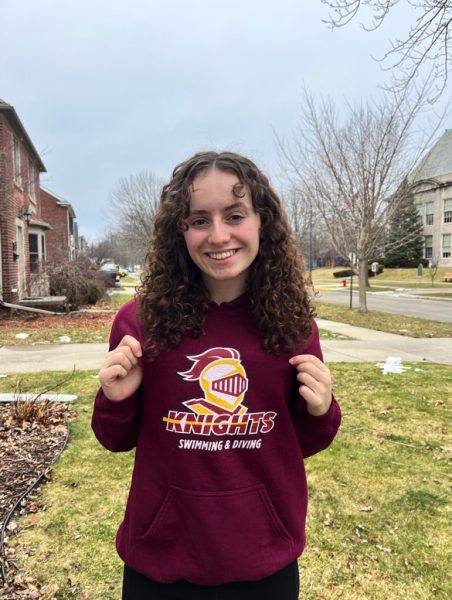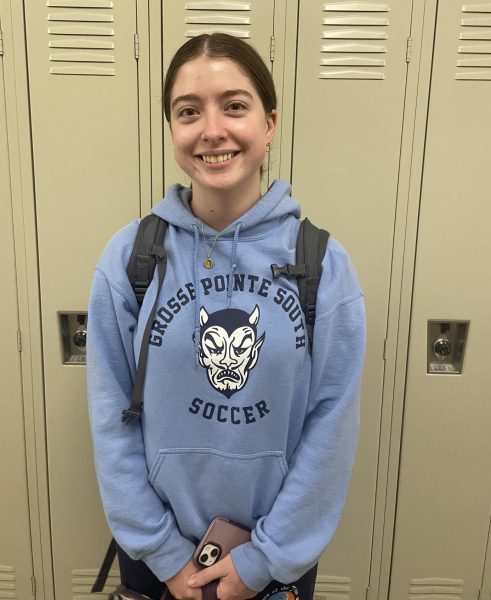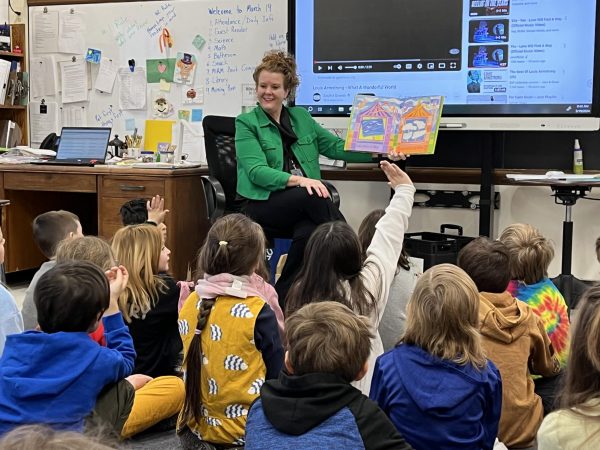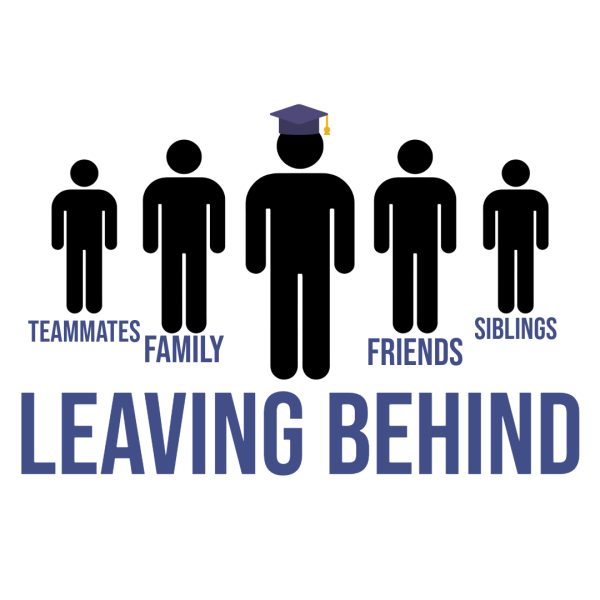Light It Up Blue: Raising awareness and recognition for students on the autism spectrum
April 6, 2020

With April being Autism Awareness month, the Light It Up Blue event, created by Jack Potter ’21, aims to bring more awareness about autism to the Grosse Pointe community. With the event’s postponement, though, comes the question of how we can address the stigmas surrounding autism on the different levels of the spectrum.
The event itself was going to be held on April 2 in The Village at 7 p.m., speech-language pathologist and adviser Amanda Bungard said. She said members from South and the community would hear students give speeches about what autism means to them during the event. While the school closures are affecting the plans, they hope to continue their efforts when things resume.
“We had a lot planned,” Bungard said. “Some of the things we had were that the tree in the Village and the clock tower at South were going to be lit blue and different stores or households could show their support by placing a blue bulb in a light source. Also, at South, we had planned a speaker– Anthony Ianni– to come and share his message around anti-bullying for those with autism and going after your dreams. With all of these plans, we’re really hoping to put them back in place when everything returns.”
Bungard said the event was created by Potter and the Family Center of Grosse Pointe and Harper Woods in order to support autism awareness. She saw families and students at South quickly join in supporting the event, such as Coco Henry ’20. Henry said once she heard about the event, she was eager to become involved.
“I have known Jack Potter and the whole Potter family for a while now– we’re really good family friends,” Henry said. “My friend Rico (Scipione) actually pulled me in– he was the one that told me Jack had started this club, and I was like, “Oh my god, of course I’ll join”. I love Jack and I obviously don’t know that much about autism and all the awareness it deserves, so I definitely want to learn more and support it.”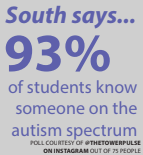
Rico Scipione ’20 also joined to help support this event. He said the event is a great way for Grosse Pointe to raise more awareness for autism on the different levels of the spectrum.
“I don’t think that (Grosse Pointe) has taken as many steps as they should– or could– (for raising awareness),” Scipione said. “It seems like a lot of people with autism have almost been separated from the rest of the students, and I think this may be due to a stigma. I definitely believe that South could put forth more effort into doing more things to help people understand and integrate with them, and Light It Up Blue is a really great place to start.”
This stigma, Scipione said, could come from the fact that many people in Grosse Pointe are scared of differences and aren’t as accepting as they should be.
“I think that (here), with pretty much anyone that is “different”, people are going to point or look at them, especially with autism,” Scipione said. “People know and understand about the condition, but the only thing they really see is that something is different. A lot of people in (this) community don’t really have too much of a capacity to be open, accepting or really understanding of what someone’s going through. To continue raising awareness would help people understand more about it and provide a helpful perspective to be more open to people with this difference in this condition.”
However, at South, according to special education teacher and Full Circle on-site teacher Ann Marie Bokatzian, when she had a classroom on campus at South– the first Grosse Pointe high school classroom for students with autism– the students and staff were great.
“Everyone was wonderful,” Bokatzian said. “They were so welcoming and thoughtful to our individual needs. It’s always a delicate balance to be sure to include all people in the general population and respect their different challenges and ways. Really, inclusion with grace, acceptance and understanding is what I experienced at South for my students.”
Bungard agreed, saying how the current climate of acceptance has not changed much since then, and it’s important to remember that we are all more alike than we are different, which is the central message of Light It Up Blue.
“This year, I have been pleased by the interactions I see between all of our students, including those with autism,” Bungard said. “I see students greeting others in the hallway, having quick exchanges and sharing smiles. In general, though, I think students need to understand that autism is a spectrum disorder– no two students are alike. We need to treat each other with respect as individuals and appreciate our differences. There’s so many places at South where we can keep this atmosphere of acceptance, from Peer2Peer to helping out in the classroom to the greenhouse program, in addition to Light It Up Blue.”
Henry said in order for Light It Up Blue to really work and help raise awareness, there needs to be more effort to understand what autism actually is and to be more open and understanding. Bokatzian emphasized this, saying how Light It Up Blue is a wonderful event that celebrates the culture of autism to the community.
“The more we talk about autism, the less foreign it is to people,” Bokatzian said. “Too many of my students and graduates are isolated because they don’t know how to “fit in”. Knowledge and exposure to everyday activities is the best way to eliminate this stigma, in addition to having more clubs, groups or activities that offer support and understanding. There is only a stigma if people are ignorant to the fact that autism is more of its own culture and not a limitation.”

